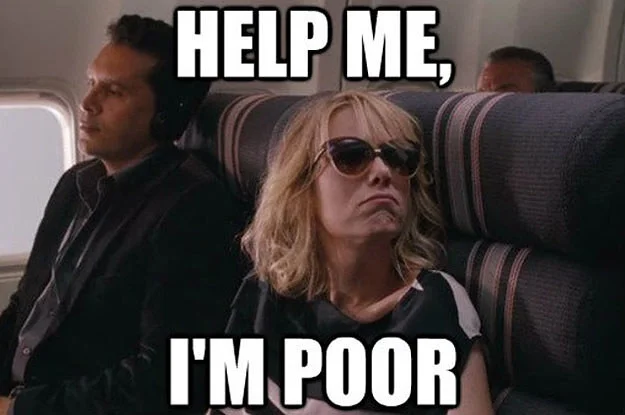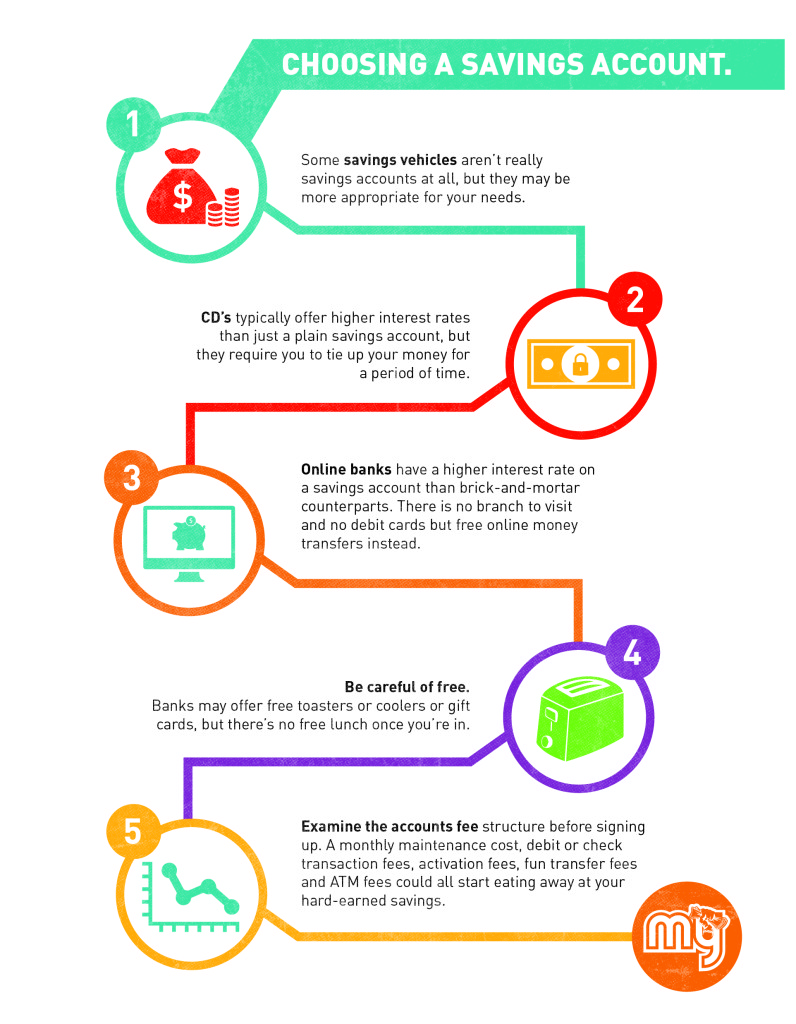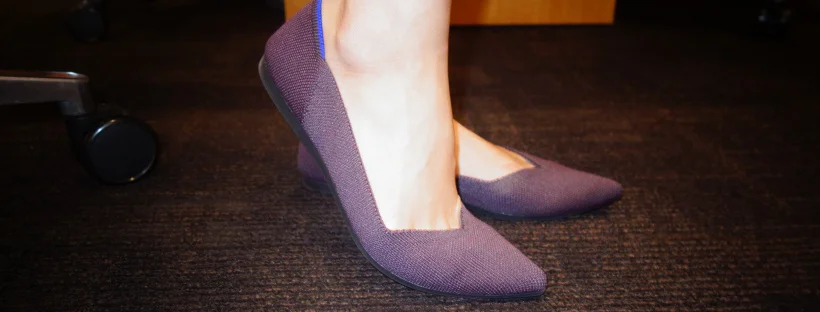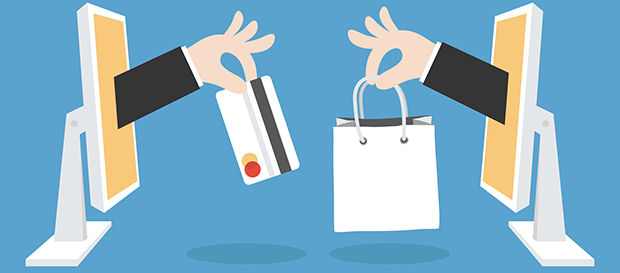Free Money: High Yield Savings Account
Recently, a close friend told me about a great book she read on personal finance called The Barefoot Investor that inspired her to open up a high-yield savings account and she was collecting free money. FREE MONEY?!
I had learned about a high yield savings account in college but for one reason or another, I just never got around to setting it up (adulting is hard!). All of that changed immediately, when I took a closer look at my own savings account. I was horrified to learn that in the last five years, I had been diligently saving yet I was making 0.04% on my savings. In other words, for every $1,000 I transferred from checking to savings, Chase was giving me 4 cents as a reward. THIS IS PATHETIC considering that there are many options out there that offer 1-2% interest which is $10-$20 just for letting them hold on to your money!! You better believe I opened an account that same day after a bit of research.
The main things to look for when choosing where to open a high yield savings account are:
Required minimum balance - the initial amount of money to open the account and the amount required to be in the account at all times
Fees - what the bank charges you for the interest that you earn (look for no-fee options or at least options where the interest is greater than the fee)
Interest rate or APY - Annual percent yield where the higher, the better!
While any amount is a great start, try to put in as much as you can because the longer it sits in the high-yield account, the more “free money” it can earn. If you open the account with a smaller amount of money, set up automatic monthly transfers so the balance can grow and earn you more interest over time. I am already kicking myself for not doing this sooner because I’ve wasted five years of interest payments!
Typically, in the event of an emergency, you still have easy access to your funds. It’s not locked away and you aren’t penalized for withdrawing money from your savings account, but make sure you do your research to see what each program’s restrictions are. If you are comfortable with letting a bank hold on to your savings for 3-5 years, then perhaps consider a certificate of deposit as the interest rate is even higher but it may come with a penalty fee should you need early access to the funds. Any program you choose must be FDIC insured so your money is protected if a bank goes under.
Don’t make the same mistake I did of waiting too long to open a high-yield savings account. Do some research to see what makes the most sense for your situation. There’s never a good reason to leave free money on the table!
Note: This is for informative purposes only and not meant to offer financial advice. We’re happy to research any questions you may have or ask a trusted professional if you’d like to learn more.





